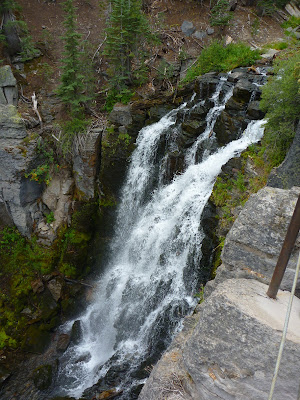Phenology is the scientific study of periodic biological phenomena, such as leafing, flowering, fruiting, breeding, migration and mutualistic interactions, in relation to climatic conditions and changing weather pattern [1-4]. Whereas many branches of natural sciences strongly rely on laboratory work and planned experiments, phenology is mainly done by outdoor observation, phenomena capturing and computational analysis. Kayri Havens and Sandra Henderson explain the term phenology in an American Scientist feature article about citizen science—past and present—as follows [3]:
An inspiring aspect of phenology is that this multidisciplinary branch of science brings together professionals and amateurs with all kinds of interests and backgrounds, including trained scientists, educators, students, members of government and non-profit organizations as well as other citizens: together they participate—largely via Internet—in citizen science, also referred to as crowd-sourced science or networked science. For instance, the USA National Phenology Network (USA NPN) coordinates efforts of researchers, students and volunteers with the goal to monitor the influence of climate on the phenology of plants, animals, and landscapes [4].
A variety of specific phenology projects have been established by a citizen science approach in North America and Europe: BudBurst [3], North American Bird Phenology Program, NatureWatch (Canada), Nature's Calendar (United Kingdom), Biology.ie (Ireland), Observatoire des Saison (France), Aktion Apfelblütenland (apple blossom initiative, Germany), Meteoschweiz (Switzerland) and Popek (Slovenia).
It is interesting to note that phenology projects are so much country-based, although by their very nature one would expect an organizational approach relying more on landscape type and vegetation zone.
Keywords: biology, climatology, ecology, citizen science, phenology programs and portals, Greek language.
References and more to explore
[1] The Free Dictionary: phenology [www.thefreedictionary.com/phenology].
[2] Merriam Webster: phenology [www.merriam-webster.com/dictionary/phenology].
[3] K. Havens and S. Henderson: Citizen Science Takes Root. Am. Sci. Sept.-Oct. 2013, 101 (5), 378-385 [www.americanscientist.org/issues/feature/2013/5/citizen-science-takes-root].
[4] The USA National Phenology Network [www.usanpn.org].
Phenology literally means “the science of appearance.” The word was coined just a few years after [Henry David] Thoreau made his phenological observations, from the Greek phaino (to show or appear) and logos (to study). Phenology measures life cycle events, phenophases, in all living things. Plant phenophases are associated with leafing, flowering, and fruiting: first leaf, first flower and last flower, among others.
An inspiring aspect of phenology is that this multidisciplinary branch of science brings together professionals and amateurs with all kinds of interests and backgrounds, including trained scientists, educators, students, members of government and non-profit organizations as well as other citizens: together they participate—largely via Internet—in citizen science, also referred to as crowd-sourced science or networked science. For instance, the USA National Phenology Network (USA NPN) coordinates efforts of researchers, students and volunteers with the goal to monitor the influence of climate on the phenology of plants, animals, and landscapes [4].
A variety of specific phenology projects have been established by a citizen science approach in North America and Europe: BudBurst [3], North American Bird Phenology Program, NatureWatch (Canada), Nature's Calendar (United Kingdom), Biology.ie (Ireland), Observatoire des Saison (France), Aktion Apfelblütenland (apple blossom initiative, Germany), Meteoschweiz (Switzerland) and Popek (Slovenia).
It is interesting to note that phenology projects are so much country-based, although by their very nature one would expect an organizational approach relying more on landscape type and vegetation zone.
Keywords: biology, climatology, ecology, citizen science, phenology programs and portals, Greek language.
References and more to explore
[1] The Free Dictionary: phenology [www.thefreedictionary.com/phenology].
[2] Merriam Webster: phenology [www.merriam-webster.com/dictionary/phenology].
[3] K. Havens and S. Henderson: Citizen Science Takes Root. Am. Sci. Sept.-Oct. 2013, 101 (5), 378-385 [www.americanscientist.org/issues/feature/2013/5/citizen-science-takes-root].
[4] The USA National Phenology Network [www.usanpn.org].









